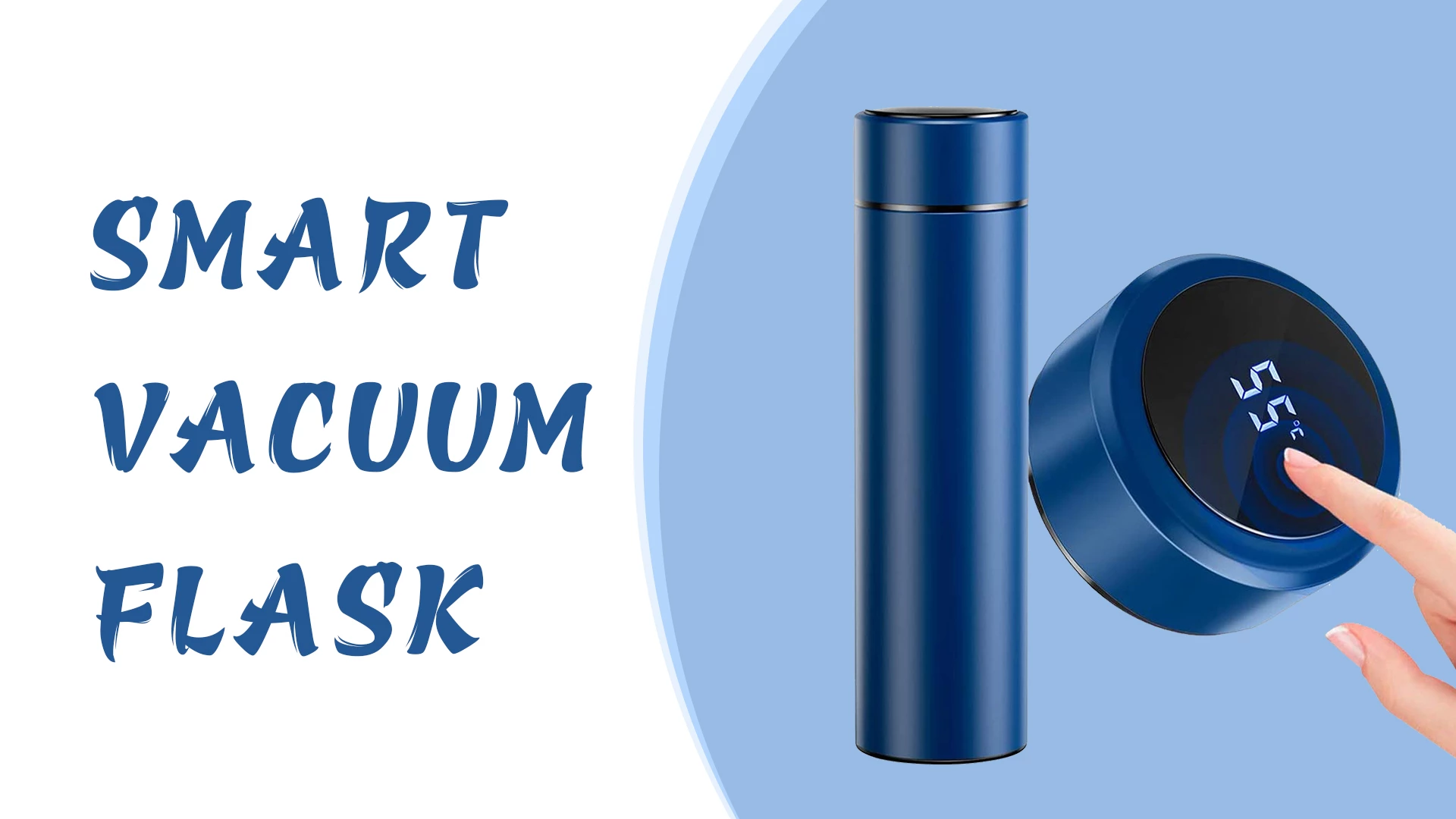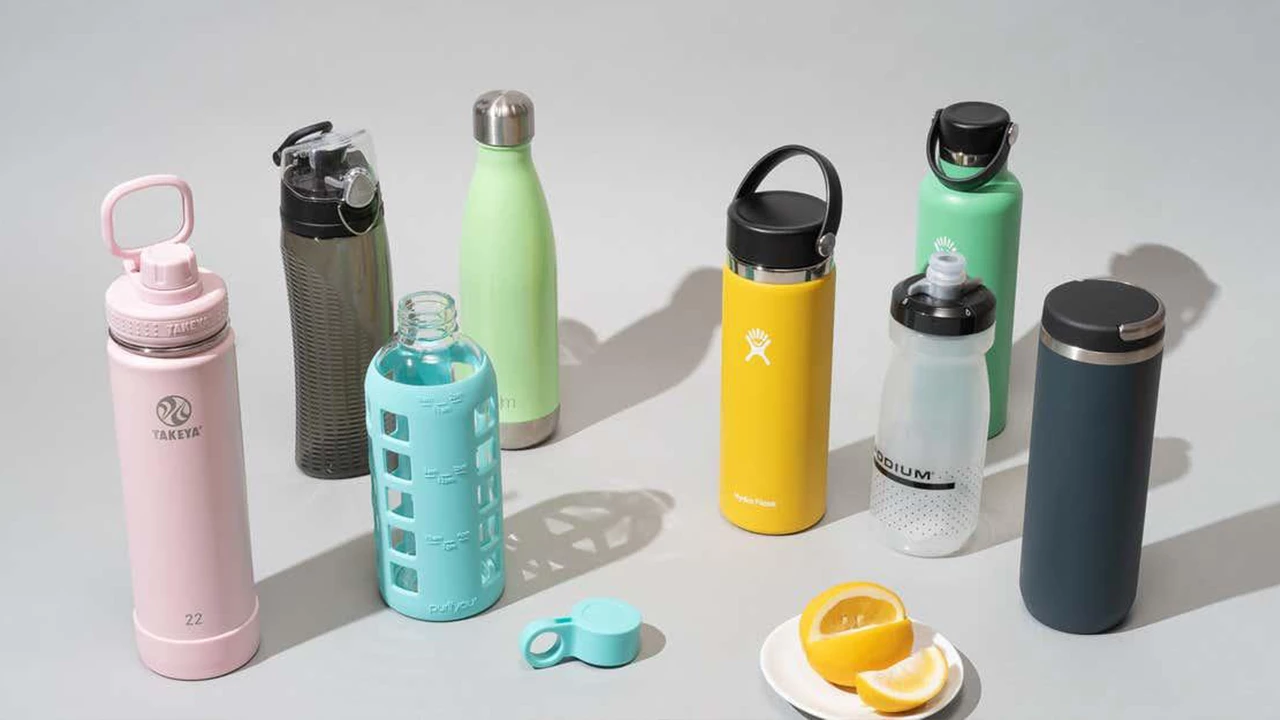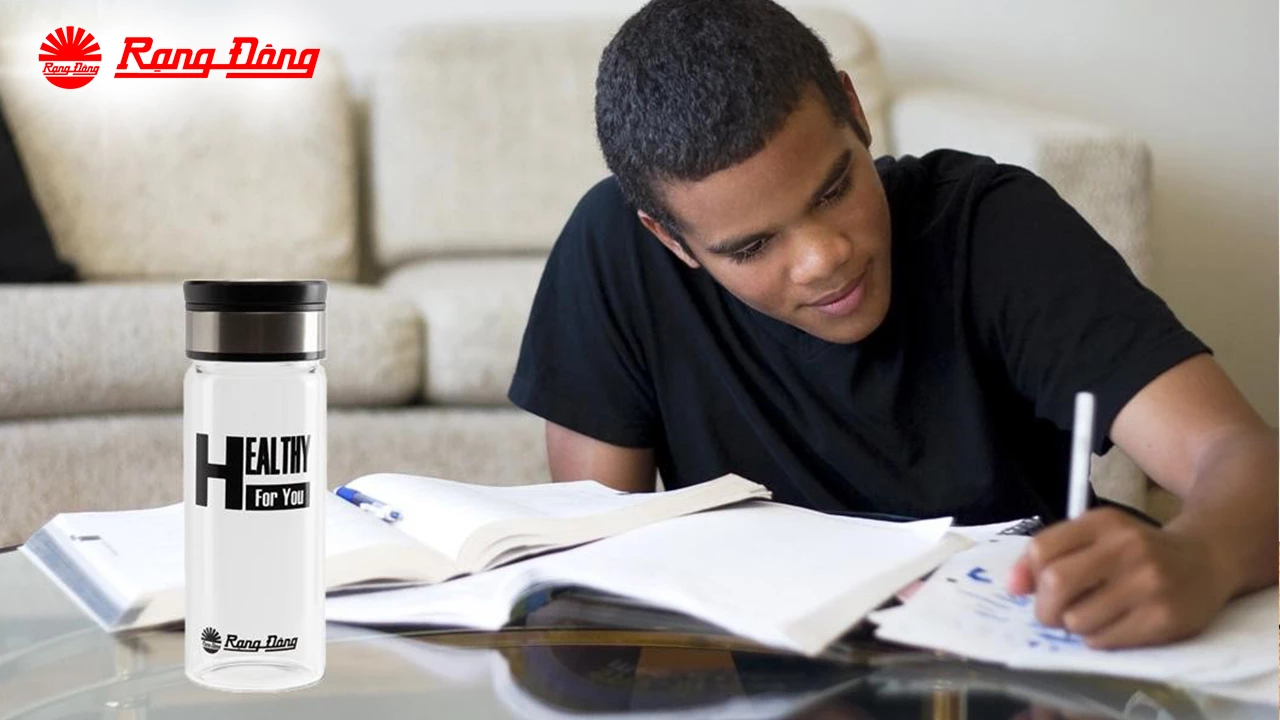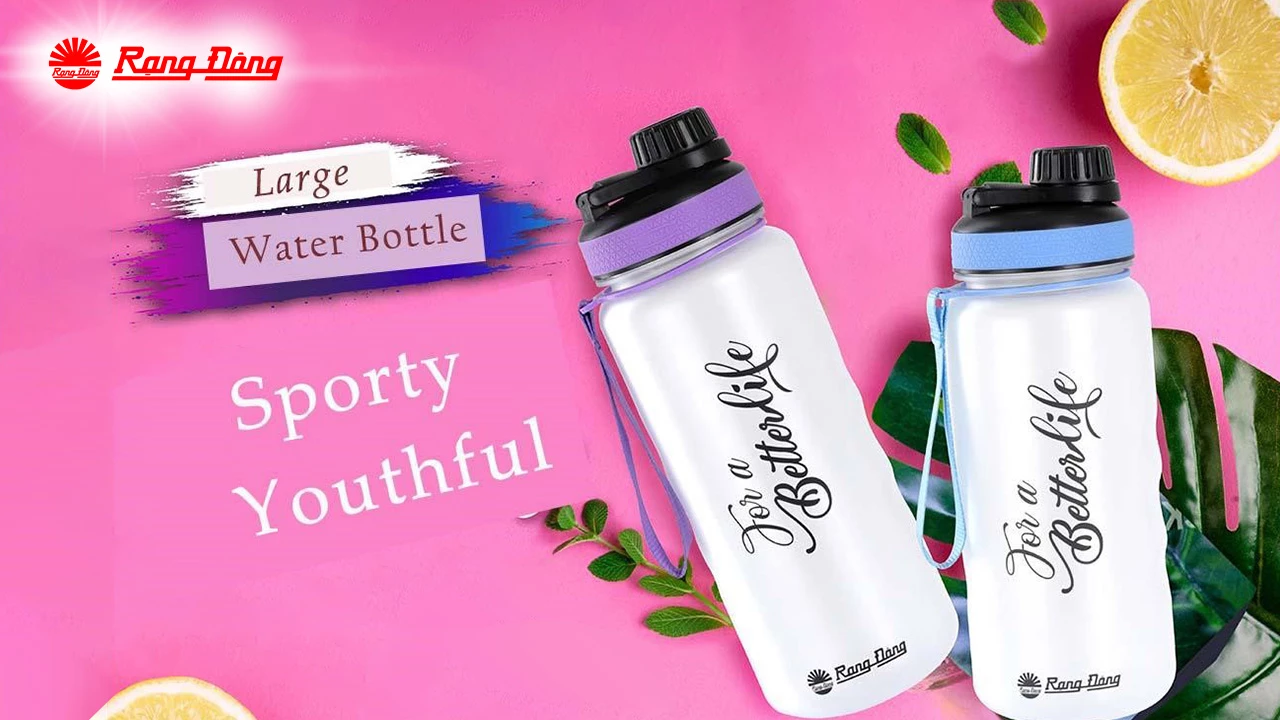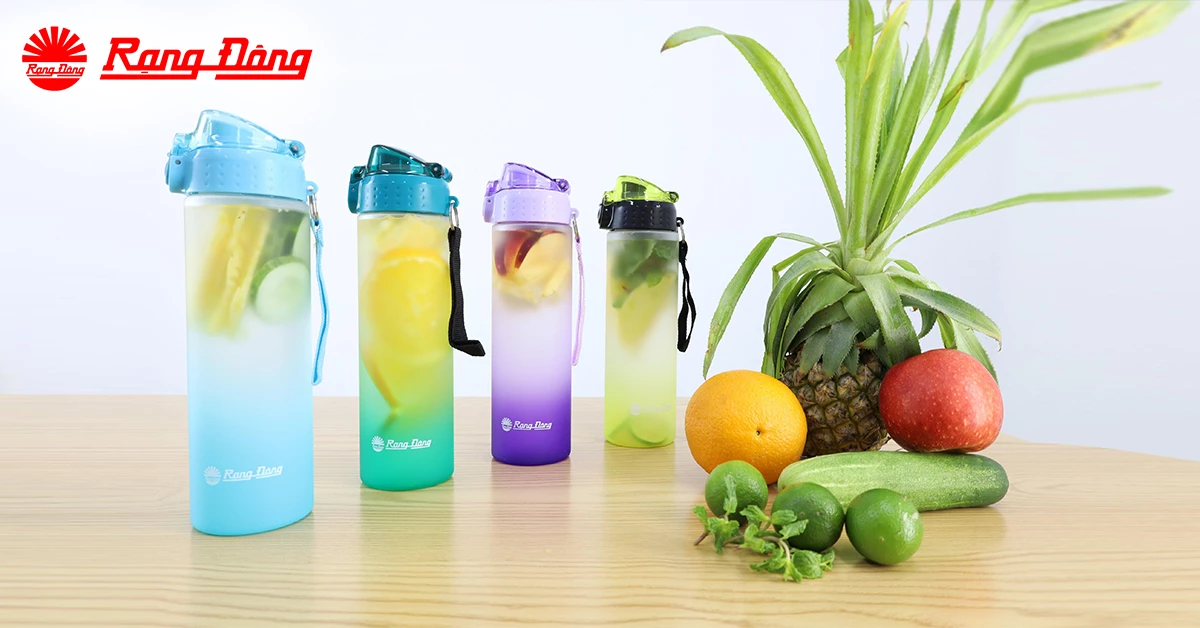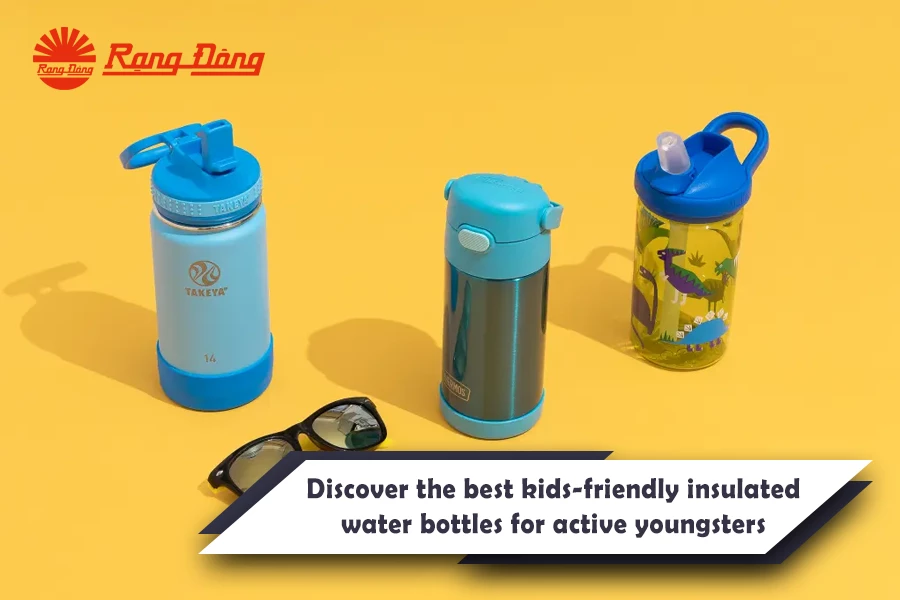Plastic Water Bottle Recycling Helps Protect Environment
The life cycle of a plastic water bottle, particularly a plastic number 1 bottle, represents a complex journey from its creation to potential recycling or disposal. Understanding the process highlights the environmental challenges posed by plastic waste and the opportunities for improvement in a circular economy model.
Plastic number 1 (or plastic #1) is polyethylene terephthalate (PET), commonly used in water bottles and other packaging materials. PET is favored for its strength, lightweight nature and ability to safely contain beverages.
Despite its widespread use, the recycling process for plastic is far from perfect. In the United States alone, over 60 million plastic water bottles are discarded each day, emphasizing the importance of understanding and improving its life cycle.
Originated from crude oil
The creation of a plastic bottle begins with the extraction of crude oil, the primary raw material used to produce PET. Crude oil is sourced from large-scale extraction methods such as drilling, mining, or fracking. In the United States crude oil production spans across 32 states and offshore waters.
Once extracted, the oil undergoes a distillation process to separate it into various fractions, which include components like gasoline, diesel and naphtha. Naphtha, a light fraction of crude oil, is used to produce the monomers that make up PET.
Production steps
The production of a plastic water bottle involves multiple steps. Naphtha is used to create two base monomers: monoethylene glycol (MEG) and either dimethyl terephthalate (DMT) or purified terephthalic acid (PTA). These monomers are chemically combined to produce long polymer chains, forming PET.
Next, PET is processed into pellets, which are melted and molded into preforms. These preforms are further heated and expanded using air, much like inflating a balloon, to form the final bottle shape.
These plastic bottles are filled with water, sealed, and prepared for distribution. Water bottles are transported to stores and suppliers, where consumers purchase them for everyday use.
Use and Disposal: The Linear Path
After purchase, the average consumer uses a plastic water bottle for a brief period, usually just long enough to drink its contents. Unfortunately, many of these bottles end up in landfills, contributing to the ever-growing problem of plastic waste.
Unlike materials such as aluminum, which can be recycled indefinitely, plastic degrades in quality with each recycling process, limiting its lifespan and recyclability.
While some plastic bottles do get recycled, a significant portion of them follow a linear path: produced, used, and then discarded. This linear process poses environmental risks, including pollution, increased carbon emissions, and overflowing landfills.
Future in Circular Economy
The concept of a circular economy revolves around reducing waste and reusing materials to minimize environmental impact. While plastic isn’t infinitely recyclable, efforts can be made to extend its life cycle through improved recycling technologies, better waste management practices, and consumer awareness.
For instance, some recycled PET plastic water bottles are turned into new bottles, textiles, or other products, which reduce the need for virgin plastic production.
Advancements in chemical recycling are also helping to break down plastics into their basic components for reuse. However, this process is still in its early stages and requires further development to become a viable solution on a larger scale.
Overall, a plastic water bottle goes through a complex life cycle that involves crude oil extraction, production, use and disposal. While plastic bottles offer convenience, their environmental impact cannot be overlooked.
Moving towards a circular economy, where materials are reused and recycled more efficiently, is essential to reducing plastic waste and its associated consequences.
By understanding the journey of a plastic bottle, consumers and industries alike can make more informed choices and contribute to a more sustainable future.
Should you have any questions or request a quotation of Rang Dong products, please send us an email to: export@rangdong.com.vn.
Websites: en.rangdong.com.vn and vacuumflask.rangdong.com.vn.

